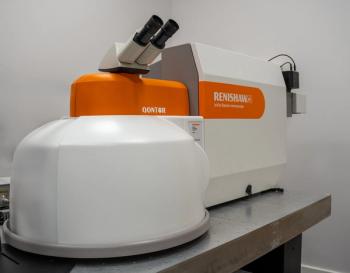
Spectral AI Appoints New CEO
Peter M. Carlson will take over as CEO of Spectral AI, replacing Wensheng Fan.
On February 29, Spectral AI announced that Peter M. Carlson, its current chief financial officer (CFO), will take over the role as CEO and board member of the medical diagnostics company. Carlson will succeed Wensheng Fan, who will take an advisor role after nearly four years as CEO and 14 years with the company. The move comes after the Dallas, Texas-based company made its initial public offering (IPO) on September 12, 2023, on the Nasdaq, trading under MDAI.
“We are confident he is the right person to guide Spectral AI as we evolve from a late-stage development company and commercialize our revolutionary, AI-driven wound care technology,” said Richard Cotton, chairman of the company’s board of directors.
Before joining Spectral AI, Carlson served as chief operating officer at Brighthouse Financial and chief accounting officer for MetLife. Carlson joined Spectral AI as its CFO in January of this year.
Spectral AI, which develops AI tools for medical diagnostics, received full UK Conformity Assessed (UKCA) authorization for its predictive software DeepView AI-Burn. The software helps clinicians assess a wound’s healing potential prior to medical intervention. The company also enrolled its first patient a study to validate DeepView AI for burn size and healing assessments and plans to seek FDA marketing authorization for the software in 2025. It is also investigating other clinical applications for DeepView, including its use for venous leg ulcers, critical limb ischemia, guided therapy, and more (1).
Reference
Technology. Spectral AI, Inc. 2024.
Newsletter
Get essential updates on the latest spectroscopy technologies, regulatory standards, and best practices—subscribe today to Spectroscopy.



